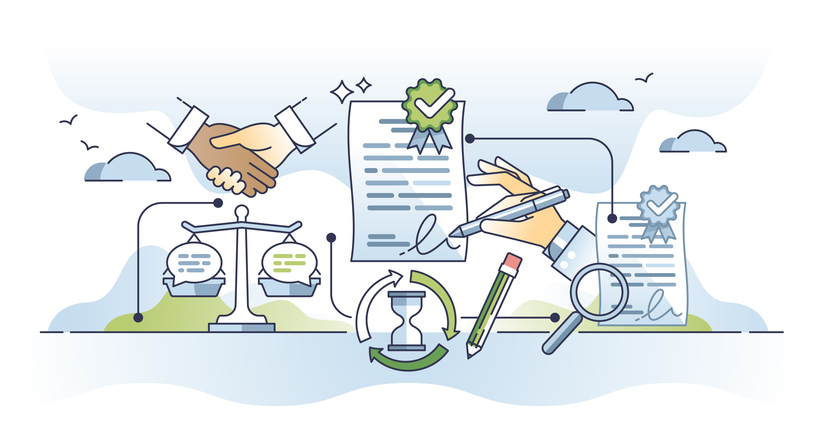When it comes to business change, it can seem as though it is driven almost exclusively by external factors. Issues of customer demand, the strength of the market, and the advance of technology all combine to force a change in direction for even the steadiest and most sure-footed of organisations.
Agility, flexibility and an adaptive mindset are crucial when it comes to surviving. However, most organisations don’t set out to simply survive. They want to thrive.
To do the latter, a more proactive approach is needed. And, the most forward-thinking companies know, this mindset change must come from an internal source.
>See also: A guide for CIOs: how to drive digital business and mobility
Distinguishing between internal and external factors for change is important. Crucially, while external factors – such as new technologies, customer expectations, and competitor advances – all provide compelling reasons to change, they don’t actively facilitate change itself. Understanding why your organisation should change is not enough, you must also know how to change.
Happily, it’s highly likely that your organisation already contains the tools it needs to kick-start its very own digital revolution…
The rise of the digital trendsetters
Known as digital trendsetters, these are the employees who drive your business forward. Being digitally-minded means embracing the principles at the core of the modern, Silicon Valley-inspired approach: they teach colleagues and learn from each other; they demonstrate empathy, trust, respect, communication, feedback, and collaboration at every turn.
If used correctly within the organisation, they can be a driving force in solving some of the most complex problems thrown up by the increasingly digitally-focused marketplace. Alongside a relentless will to adapt to change – which is a fundamental requirement of continuous innovation – Digital Trendsetters have the forward-thinking attitude that can help push an organisation beyond its traditional comfort zone and into new, exciting areas.
At the centre of this change is an agile and flexible mindset, as well as an enthusiasm for learning and an openness to innovation. Whether they have been spotted yet, it is likely that many of the employees in your organisation – from all generations, not solely millennials – have the raw materials needed to become digital trendsetters, at home in the new world.
>See also: Data classification: central to every organisation’s security strategy
An organisation can then be guided by this section of its workforce – a community that not only understands the potential applications of new technologies, but how they might work within the context of your industry and specific business model.
Understanding the catalyst of change is critical, not simply for the wider businesses but on an individual-employee basis. Encouraging staff to keep up with the latest trends and technologies can be an important step in maintaining your own organisation’s edge.
As such, while blanket bans on social media networks may seem like a productivity-saving idea at the time, they will prevent your workforce from engaging with the latest societal trends and leave them behind competitors when it comes to communicating with your customer base.
Change happens, get over it!
Ultimately, being ready for change, and working to achieve it are two very different things, and organisations must be prepared to reassess their approach to an agile and flexible mindset. Is it simply a reactive position? Or does it allow them to stay ahead of the industry and begin to influence the external factors which will set the agenda for many of their competitors?
>See also: How to consolidate business priorities through unified communications
The answer lies in the workforce: without employees, organisations are nothing. More so than the products, the processes, or the technology, employees are the catalysts for customer engagement and the ones who drive innovation.
Change can only happen across a business if the wider employee base is on board. As an organisation, it is in your best interests to let the shining lights of your workforce burn as brightly as possible.
Sourced by Robbie Clutton, director at Pivotal








